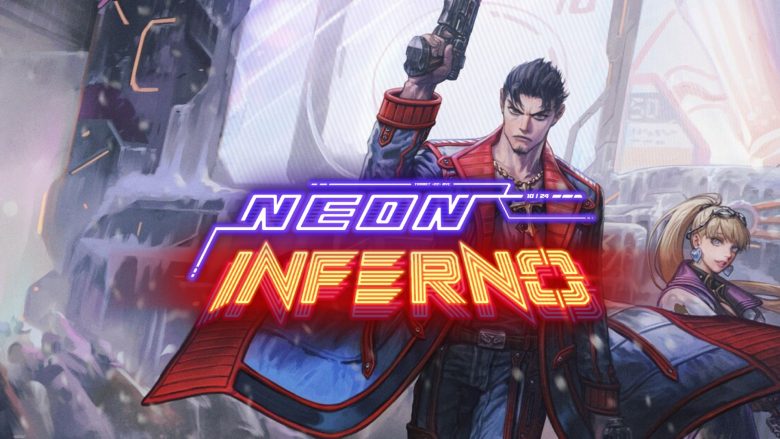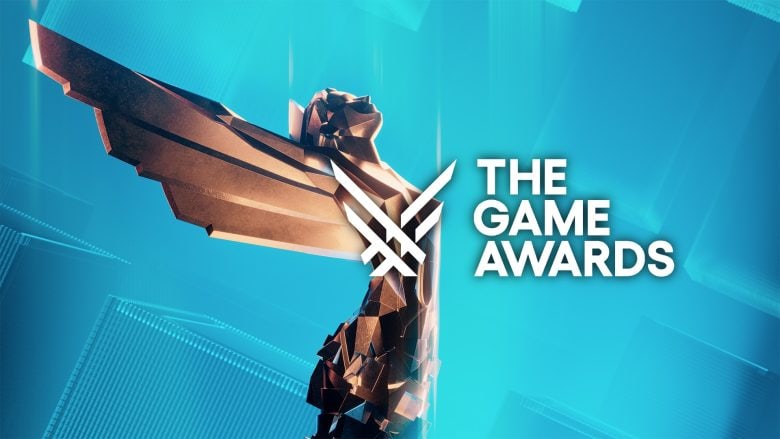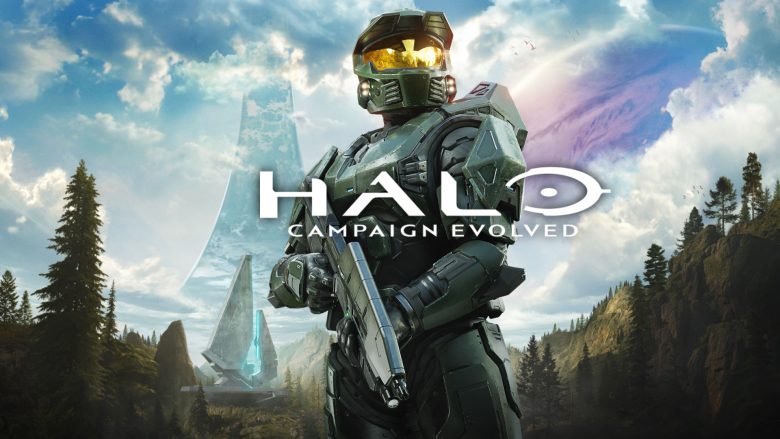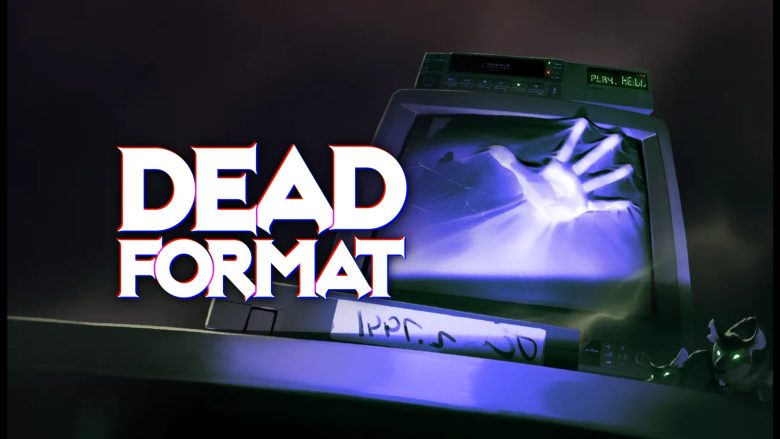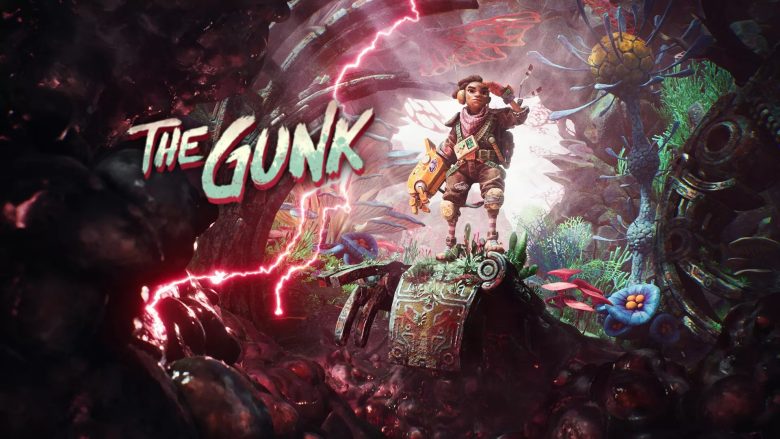A lively and interesting interview, in which Thomas Waterzooi thoroughly explains how the Please, Touch The Artwork franchise came to be and why video games and art are so closely linked
We are very pleased and honored to have had a chat with Thomas Waterzooi, the Belgian solo developer who created the Please, Touch The Artwork franchise.
Thomas explained to us the allure of randomness and instinct, indispensable aspects of an artist, telling us a lot about himself and his way of seeing both the world of video games and art, with his particular point of view that provided us with excellent food for thought.
We recommend reading it all the way through, especially if you are curious to know what Thomas has in store for us, after the success of Please, Touch The Artwork 2, released on February 19th of this year.

Hi Thomas, welcome!
Hi Francesco, hi Chiara, thank you for having me.
Let’s start by asking you to tell us a bit about yourself. We’re particularly curious to learn about your educational background.
My educational background? Yeah, it’s a bit of a long story. I’ll try to make it short. I am actually a photonics engineer, so that’s with light particles, you know, LED lasers, optical fibers, so nothing to do with games. It took me five years to graduate, but then I decided to study even more. Three years of game development, so in total, I studied eight years.
But the game development was actually pretty close also to my hometown. There was a new school that had a good reputation. It only started about three years ago. It’s basically game development from A to Z, very technical, so not a lot of game design, let’s say. But it helped because I was a bit older and I already knew a little bit more about life.
I think I was a bit different than the students that were just 18, just coming from high school, and then I worked. My first internship was as a part of this course. We had an internship at a real company, which was Larian Studios, now very known for Baldur’s Gate. Baldur’s Gate 3, which was a worldwide hit.
I went working for Larian Studios for three years or something. Then I felt that I wanted to do something else, but I didn’t know what it was. So I applied for IO Interactive, which is a company in Denmark. They made Hitman, the famous Hitman. It’s even a bigger company. I just wanted to know how it is to work in another country, what changes when you work in an even bigger company. I just wanted to learn a bit more. But still, I felt like it was not the kind of games I wanted to make anymore. So, voila, that’s my background. And then I became a solo developer.

How did you get started in the world of video games? Can you share your early experiences in this industry?
I would have to think about that because it’s hard, but I remember that I was already at the age of 12 or 13. We were playing Counter Strike, Final Fantasy was very popular, mainly Final Fantasy 7, 8, 9 back then. And there was this editor for Half-Life. Oh, I forgot the name. You could make Counter Strike levels. And I remember that me and a friend started doing that. He was very creative as well. I think around that age, we started experimenting with creating games ourselves. My parents were also creative. My father draws comics. He’s a comic artist. And my mother is a textile designer. So she makes rugs and curtains, sometimes clothing as well. And yeah, maybe it’s from there that I have this creative gene a little bit.
The funny story is that, as I said, I became an engineer, which is not really art, right? It’s like the opposite. But I was just very interested in a lot of things. I didn’t know what to choose because there are so many things in this world that are so interesting. So that’s why I chose engineering because I thought, okay, it’s the broadest and maybe art I can do later or something. I don’t know. But it came back after my studies. That’s the thing I always say, video games are like the perfect combination between the technical and the art, and that’s why I love it.
Why did you decide to pursue a career in solo video game development?
IO Interactive, the company in Denmark I was working on Hitman, lost their publisher, which was Square Enix. Square Enix, the same makers as from Final Fantasy. So, they had to fire a lot of people. By then, I went back to Belgium because my girlfriend was still living there, but I kept working for IO Interactive freelance, remotely. Then they had to fire a lot of people.
Obviously, the freelancers go first. I was in a sort of a golden cage, I always say, because I was making good money working for IO Interactive. The wages in Denmark are higher because life is more expensive, but I moved to Belgium where life is less expensive. I was making really good money, but I got fired basically, and I had to decide what to do with my life.
Since I was already thinking for a long time, I want to do something else, I want to make a different kind of video game. I didn’t know what kind of game, but because I got fired all of a sudden, I was forced to think about it. So, I started thinking about what kind of games I do not want to make, like violent games, it was not really my thing anymore. I think I wanted to make video games for adults as well, accessible maybe, something that even my mother could play. For my good friends, too. I have a lot of friends that are musicians or theater makers, artists, but they never play video games. It’s insane.
That’s when I stumbled upon this manifesto, maybe you know it, it’s from an Italian game designer, Manifesto Rejecta from Pietro Riva. it’s like 10 rules to describe to make a video game for a new audience. And what is a new audience? It’s basically an audience that has a lot of interests, like adult people with a lot of interests, like art, culture, or science, but can also be friends, you know, lifestyle and relationships. And he says we need to learn how to make games for these people. These kinds of people usually don’t have a representation in video games, that’s an important, important detail.
And so, I thought, like, why? Why is this? Why can’t they enjoy what I enjoy? So, I thought, okay, maybe I should make a game that they would like as well. So, that’s why I wanted to make something a bit more universal, something that everybody could enjoy.
I started thinking about what kind of video game was ideal. Then I started prototyping, and I still remember the first prototype. It was just like a sphere that you could move around, and then there were cubes in the world, and you could bump into them, and they would start moving and make sounds. Then I would put some colors, different materials and some textures on them. It was just a little sandbox, and I enjoyed it so much. Then I thought that I want to make this, but bigger and better, and I wanted to add more things. So, I kept going, and then two years later, basically, it became the game that it is now.
Now that the video game industry has this very problem with firing, I think you knew about the firing about Microsoft and Sony recently.
It’s a very contemporary problem. For me, it was already in 2016. Of course, games cost a lot of money, so it’s all of a sudden, I mean, at IO Interactive, we were working, I think, 200, 300 people. It was during the reboot of the Hitman series, the first one that was episodically. I don’t know if you remembered, but it’s like they started releasing one level every month. So it was like a new business model, I think, yeah, 2016 or something. And so they had to increase.
While I was there, they were hiring, hiring, hiring a lot of people. And then all of a sudden, I guess Square Enix didn’t see the potential anymore, and they let them go. But I think luckily, they found a new publisher. I think it’s Warner Bros now.
It’s ironically, if we talk about these layoffs, maybe just in between, Sven Vincke, who is the CEO of Larian Studios, so my first employer actually, recently, like a week ago at GDC, he gave a speech complaining about publishers that they always are looking out for the money, the short-term profits, and that they should actually keep their employees, keep the knowledge inside the company, maybe look for lower profits, but keep all those knowledge for a long time. Because every time you fire people, a year later, you’re like, “Oh, damn, we have to grow again, hire, hire, hire,” and you lose all of this knowledge that you build up.
Like, every time you have a new employee, it takes time for them to get acquainted with the game and the technology, etc. So yeah, sidetrack. There, it’s a bad thing, but it’s life, unfortunately. The controversy of business. That’s why I’m solo. It’s easier. I don’t have to fire people.
What inspired the idea behind Please, Touch The Artwork?
One of these origin stories that are hard to pinpoint. But, I guess it was when I was fired, I had to go looking for ideas and art was one of those things that a lot of adults like. Many adults go to museums or appreciate art in some way or another. And I was reading this book about Modern Art. It’s called “What Are You Looking At” by Will Gompertz, an ex-Tate Modern CEO. It’s akin to “Modern Art For Dummies”, but with better writing. It’s really well-written and talks about 1850, the start of the Impressionists, until, I guess, you know, almost contemporary art, like the 1990s. Around the switching of the centuries.
So we’re talking about the early 1900s. It was the first time in history that people started expressing their own ideas, their own critique on society and politics and putting it in their work. You had this personal path of the artist, and I find that intriguing. So much changed over a period of 20, 30 years there. I find it intriguing because I was also on that path, the path of the artist, looking for my future, like: what do I want to do with games, with this medium?
And Mondrian obviously was one of these people that went from very traditional landscape art to then becoming more and more abstract with apple trees, for example, and at the end of his lifetime, it was literally cubes. So he went pure abstract. It’s just a very intriguing evolution. And also because it’s so controversial, it’s like, indeed, my little sister could do this. Mondrian did it 100 years ago, he was the first one. He introduced that idea. That’s the merit of it. And I just tried to make a Mondrian generator that was like a technical challenge.
One night, I’m kind of an insomniac, I like to work at night, and I love the calm of the nights. My girlfriend was already sleeping next to me in bed, and I took my laptop, and I thought about creating a Mondrian generator that just spits out millions and millions of paintings. And after that, I thought: what would happen if we would actually touch those paintings, like, super random? And I added the game mechanic, and the game was born. I know it sounds so stupid and so random, but it was really random.
And then I thought: how can I engage people in this game? I was like: let’s just add some colors there. That was the easy part. The hard part came then, the three years after that, where I actually had to make a good game out of it. I think random things like random events in video games are the most favorite ones because they are totally unexpected. I’m not a video game developer but I think when it’s unexpected but it’s very good and nice, it becomes a good thing.
That’s why game jams lead to new ideas and new games development. In two days, during a game jam, teams typically spend 48 hours creating a small game. With time constraints, there’s no room for overthinking. It’s about taking action quickly, which can often lead to the best outcomes.
Where does your passion for art come from? Do you have a particular fascination with contemporary art, or art in general?
My love for art is very mixed. In the sense that with a lot of contemporary art, I have a lot of mixed feelings. It’s because I don’t always get it, which is, I guess, normal. I think modern art is way easier to understand, although a lot of people will see abstract art like Rothko or Mondrian.
But the moment we get to contemporary art, I often feel that I need a lot of context. It’s a lot of contextual art, and it makes it harder to fully understand. Once you fully understand it, you have a big impression, of course. But that’s also the reason why I make this game, because I don’t know myself, as well as art.
For me, the biggest mistake that people make is that they imply the word “beautiful” in art. When you say something is art, people always think, “Ah, that means it’s beautiful”. But actually, I don’t think that’s true. That’s my personal opinion. You can have bad art and you can have good art. So, voilà, art is just a thing. For me it’s a way of expressing emotions, feelings, and some people create stuff for themselves, hopefully. Some create it for an audience, but it can still be less good than other pieces of art.
It’s very subjective, so I think that’s what contributes to some people finding the art world very elitist or arrogant or whatever, is because they always assume that art is something special, while in a sense, you can also have very average or boring art.

Why did you choose to dedicate your work to Mondrian and Ensor in particular? Are they your favorite artists overall?
Mondrian was kind of a random choice in a way. Also, because of the nature of abstract art, I believe it’s easier to create a game based on it. So, unconsciously, I chose Mondrian for that reason. Because he was easier to make a game about.
And then James Ensor, it’s actually because the second game was made with support from the government. Belgium currently holds the presidency of the European Council, and they came to me asking, “Oh, we played your first game, can you make a second game, but with a Flemish artist?” And so, that’s why I chose Ensor. But now, I love him. Before, I was like, “Okay, sure, he’s nice, but I don’t know him”. But now, I researched him. He made more than 800 works, like he made so many paintings, it’s insane. I have fallen in love with them. It’s part of my process to get to know these artists better, as well.
I’m not obsessive about seeing everything and going to museums a lot – of course, I go to museums once in a while -, but it’s often through these visits that I, and I think a lot of people, rediscover these artists. So, no, I don’t really have these favorite artists in mind. It changes, I think, and it can come and go. And it’s nice to be surprised as well. Like, “Wow, this is a really cool artist”. So I like to take the same feeling of excitement, of surprise, and try to put that in the game. People that play it for the first time are as surprised as I was when I first saw the work. That’s a cool emotion.


How would you rate the video game industry in Belgium and what are the most important entities?
We have one prominent company, Larian Studios. They’ve generated significant revenue, probably contributing to around 90 or 95% of the total game revenue in Belgium. This dominance is quite remarkable and perhaps uncommon in other countries. While there’s a vibrant indie scene, AAA studios, such as Larian, are scarce. The term “AAA” has become somewhat ambiguous, but in terms of overall game quality, Belgium fares well.
Our educational institutions, including the one I attended, consistently produce talented video game artists and programmers. However, many of these talents end up moving abroad due to limited opportunities domestically. I’m currently in Brussels, where we have a co-working space exclusively for game developers.
The Flemish government is actively investing in the video gaming industry, which is fostering growth and innovation. Despite being the underdog, Belgium is making its mark in the global gaming economy. It’s ironic that my game, despite its simplicity, managed to win a Google Play award. This reflects a shift in preference towards unique concepts over realistic 3D graphics.
While it’s a great time to be a game developer, there are challenges, especially in the AAA industry. Layoffs and risk aversion are prevalent due to concerns about industry stability and high interest rates. Innovating in AAA is difficult due to the substantial financial risks involved, impacting the livelihoods of those involved. There’s always a deeper story behind these decisions.

Will there be more chapters of Please, Touch The Artwork, and which artists will you feature next?
I don’t intend to introduce more chapters for the first game or the second game, partly because the second one was commissioned by the government, specifically focusing on James Ensor. Hence, I’m not permitted to charge for it.
Therefore, I’ll proceed with creating a third one. The concept involves using works from the public domain, a crucial point to note since it’s a frequent question I encounter. People often wonder, “Aren’t these works copyrighted?” No, they’re not. In Europe, the regulation dictates that the artist must be deceased for 70 years. Both Mondrian and James Ensor meet this criterion. This year, we’re commemorating the 75th anniversary of Ensor’s passing in Belgium, which generates significant attention around Ensor, beneficial for promoting the game.
However, this limitation means I’m constrained in the selection of artists. If you have a basic knowledge of art history and know my affinity for modern art, the remaining options include the Impressionists, the Post-Impressionists. For instance, Monet and Van Gogh are prominent figures. Van Gogh, although widely recognized and commercialized, still holds interest. Additionally, I’m particularly fascinated by the pointillists, such as Seurat. There’s also a lesser-known Belgian artist, Théo Van Rysselberghe, whose work I discovered during my research on Ensor. Appreciating his art requires a discerning eye, but I find it captivating. It evokes a sense of pixels, a digital connection that intrigues me. Hence, my inclination leans towards the pointillists. There you have it—a big secret revealed.
We are at the credits. So thank you so much, Thomas, for your time, your availability, and your kindness
You’re welcome. Thank you for having me. It’s always nice talking about art and video games.
If you want to visit the officiale website: Studio Waterzooi.



